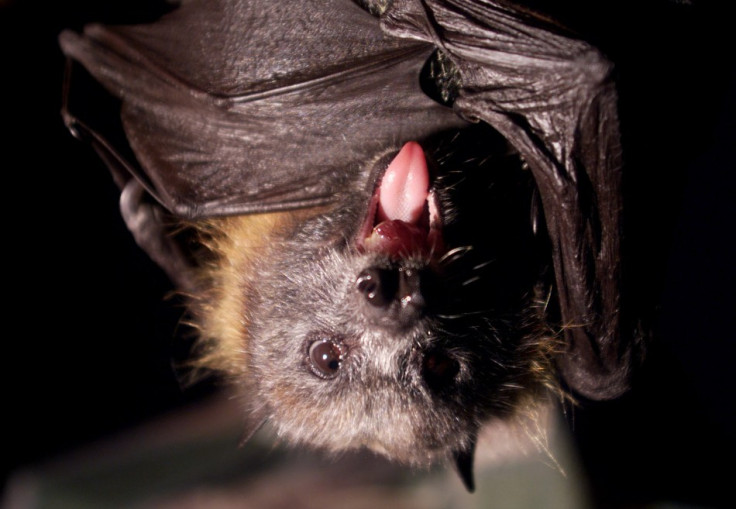A new species of vampire bat has started to feed on human blood
Hairy-legged bat was thought to feed only on bird blood, but human disruption of its habitat made it change tack.

A South American species of hairy-legged vampire bat that was thought to feed only on birds has been caught feeding on human blood for the first time, prompting concerns about disease transmission in the country if the bats become rabid.
Scientists studying bat poo found in three out of 15 samples from the bats, living in the Caatinga dry forests of north-east Brazil, there were traces of DNA from human blood, according to a study published in the journal Acta Chiropterologica.
The bat species studied is usually a fastidious eater and only feeds on bird blood, which has a very different composition compared with mammal blood. But the bats are adapting fast, and the scientists noted significant and regular consumption of human blood.
The scientists say that human activity is likely to be the cause in the bats' changing tastes.
"The record of humans as prey and the absence of blood from native species may reflect a low availability of wild birds in the study site, reinforcing the impact of human activities on local ecological processes," the study authors write in the paper.
Humans are increasingly inhabiting the forests, bringing domestic animals with them. The birds – such as guans and tinamous – that are the bats' favoured source of blood are being driven out of the area.
"We were quite surprised," study author Enrico Bernard of the Federal University of Pernambuco in Recife, Brazil, told the New Scientist. "This species isn't adapted to feed on the blood of mammals."
Bats are known to transmit rabies in Brazil, with outbreaks of the disease killing 23 people in northern Brazil within two months in 2005. A total of 55 cases of rabies in humans were reported in the Amazon region.
Human activity has previously been linked to the prevalence of bat-related rabies outbreaks in South America, with the introduction of livestock and landscape modification being key factors affecting the bats' feeding habits and disease transmission.
© Copyright IBTimes 2025. All rights reserved.






















